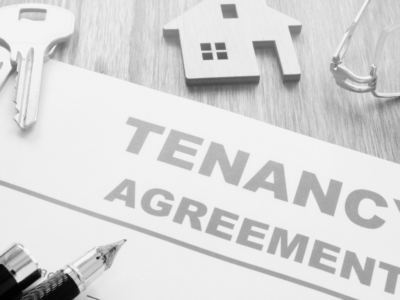Tuesday (9th May) saw Britain’s fourth biggest mutual, Skipton Building Society, launch its 100 percent Track Record Mortgage to help the 4.6million households across England, who are privately renting, get onto the property ladder without a deposit.
This move marks the first 100 percent home loan exclusively for renters and has been described by some commentators as a “revolutionary” way to help those trapped in the rental cycle get on the property ladder.
The mortgage is open to first-time buyers who are currently renting and allows them to borrow up to 100 percent of the value of a property (subject to passing the lender’s affordability criteria).
Naturally, others are not very optimistic about this product, with some warning that it is not too dissimilar to the risky loans that contributed to the 2007-08 financial crash.
More negativity surrounding today’s property press includes the Halifax’s report that average UK house prices fell in April, by 0.3 percent month on month; threats of negative equity; Thursday’s rumoured interest rate increase; Purplebricks’ struggle; and, the fall in some housebuilders’ share prices.
Regardless of where you stand, a 100 percent mortgage is a facility that may allow people who rent to become homeowners.
The number of private renters in England is currently double what it was in 2000 and 80 percent of tenants feel ‘trapped’ in renting, paying rents that are higher than a mortgage which then prevents them saving a deposit to buy their own home.
Skipton is addressing the barriers to homeownership with what is a solution to a problem.
The Building Society has recognised that there is a gap in the market for people who have a strong history of making rental payments over a period of time and can evidence affordability of a mortgage – but for whom there is currently no solution to buy a property due to lack of savings or access to the bank of mum and dad.
The threat of negativity equity is a big one as even a small fall in house prices could put those who sign up into negative equity, potentially trapping people in properties worth less than their mortgages.
It is important that borrowers understand why and how this product is different.
A ‘no-deposit’ mortgage was commonplace before 2008, at which point they were axed and tighter rules were introduced on who can get mortgages and how much they could borrow.
On reading about the mortgage, there are several obstacles that prospective homeowners need to overcome to qualify for the 100 percent deal.
For example, the monthly mortgage payment must be equal to or lower than the rent they are used to paying.
So, tenants paying an average of £1,000 a month over the last six months will have a maximum monthly mortgage payment of £1,000, and this will also determine the maximum amount that can be borrowed.
Standard mortgage affordability requirements must be met, applicants must be over the age of 21, and credit score checks must be passed in addition to evidence of a minimum of 12-months’ good track record rental history.
The mortgage is a longer-term product – a five-year fixed-rate deal – which is designed to mitigate volatility, and the 5.49 percent interest rate is pricier than the current average new five-year fixed-rate, which is about 5 percent.
The mortgage has a maximum term of 35 years and buyers will be able to borrow up to 4.49x their income up to a maximum total loan of £600,000.
There are other 100 percent mortgages on the market, however, these generally come with a requirement of a guarantor and are labelled ‘family assisted’ mortgages such as the Barclays Family Springboard mortgage.






















Comments